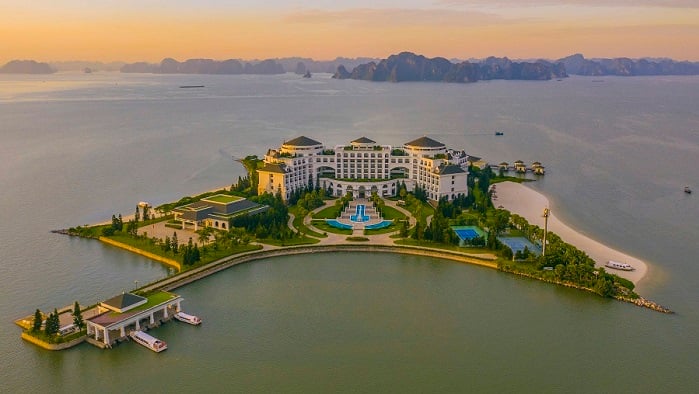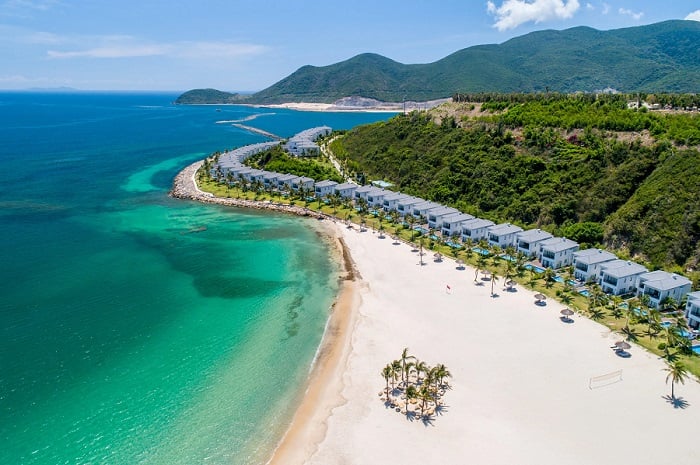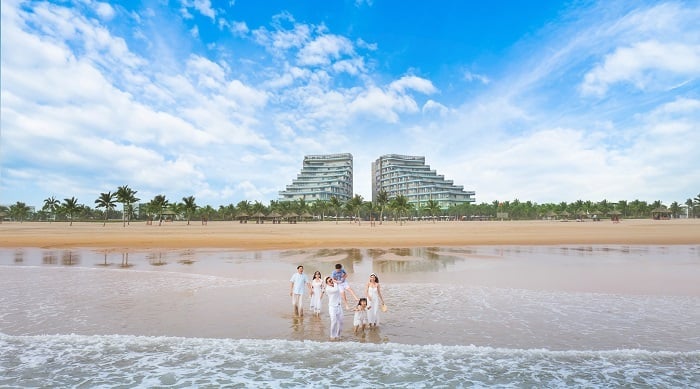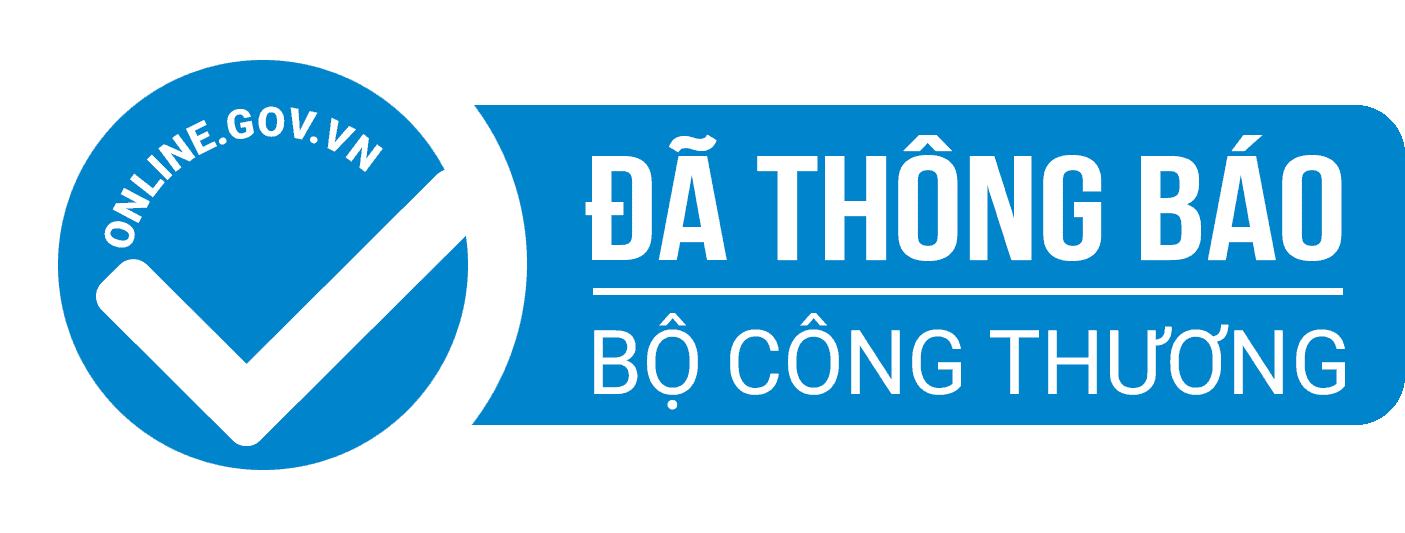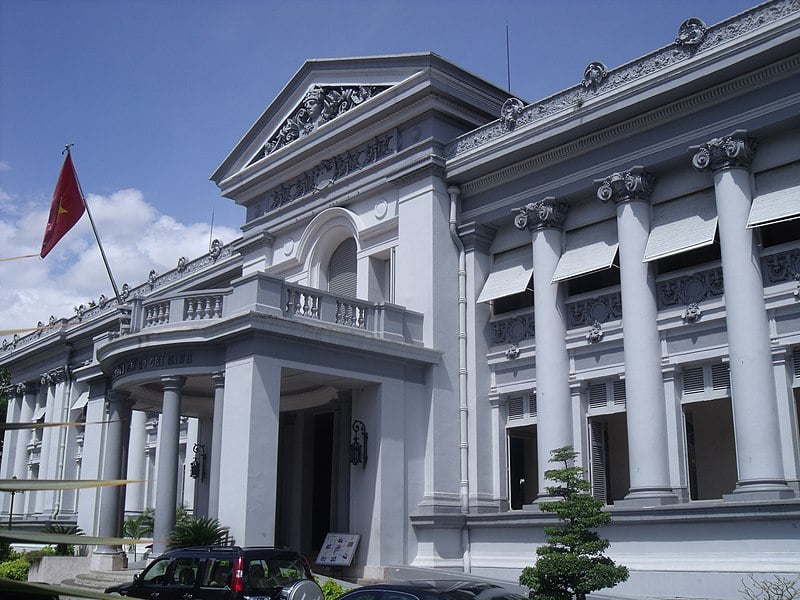
Ho Chi Minh City Museum houses an extensive collection of artifacts and documents related to the formation and development of Ho Chi Minh City itself, along with a part of the historic revolutionary struggle in Vietnam. Undoubtedly, this museum deserves a spot on your go-to list while traveling in Saigon.
1. Where is Ho Chi Minh City Museum?
Situated at 65 Ly Tu Trong Street in District 1, Ho Chi Minh City, Ho Chi Minh City Museum covers an expansive area of nearly 2 hectares. Construction of this venerable edifice commenced in 1885 and was completed in 1890 under the visionary design of the talented French architect Alfred Foulhoux.
Interestingly, the building's original purpose as a commercial museum was changed many times over the years. It transitioned into the Governor's Palace of South Vietnam during the periods of French and Japanese governance, followed by its tenure as the Residence of the Governor-General of South Vietnam. It subsequently served as the headquarters of the South Vietnam Autonomous Government, the Presidential Palace, the National Guesthouse, the Presidential Palace, and the Supreme French Court.
After the liberation of South Vietnam on April 30, 1975, the building was repurposed for a diverse range of cultural activities, artistic performances, and exhibitions focusing on contemporary affairs, all aimed at enriching the lives of the city's inhabitants. It was transformed into the Ho Chi Minh City Museum of Revolution by the Ho Chi Minh City People's Committee on August 12, 1978 and renamed Ho Chi Minh City Museum in 1999.
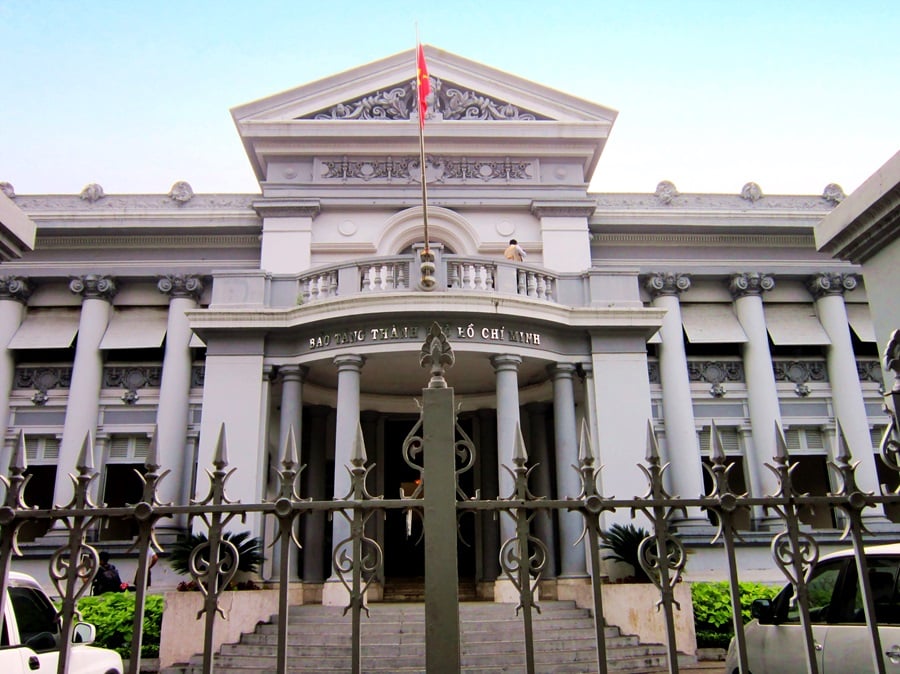
2. How to get to Ho Chi Minh City Museum?
First-time visitors to Saigon often confuse the museum with the Dragon House Wharf located in District 4. To get to Ho Chi Minh City Museum, you can take the bus numbered 04, 18, or 36 and get off approximately 50 meters away from the museum. Furthermore, thanks to its prime location, accessing the museum via car or motorbike is a straightforward endeavor. You can use Google Maps for easy directions, or ask the locals for guidance.
3. Explore the architecture of Ho Chi Minh City Museum
The museum complex consists of a two-story main building and another building behind it. Its architectural arrangement is characterized by symmetry and boasts a Renaissance design, with an atrium serving as the centerpiece. This central space is flanked by two elongated wings, each adorned with rows of Ionic columns, an architectural hallmark commonly associated with classical European aesthetics.
3.1. Inside the museum
Ho Chi Minh City Museum features 9 specialized exhibition spaces, with each presenting an ongoing narrative of the historical formation and development of Ho Chi Minh City.
- Nature - Archeology: This exhibition showcases 23 pictures, 218 artifacts, 6 maps, and many diagrams, offering a basic insight into the region's geological makeup, landscapes, weather, wildlife, plants, minerals, and archaeological evidence of human settlement dating back around 3,500 years ago.
- Geography - Administration: This exhibition vividly portrays the city's evolution, from its humble origins as an untouched land to an Oriental-style urban center during the Nguyen dynasty, followed by the transition to a Western-style urban center during the French colonial period, and ultimately, its modern-day contemporary appearance. Additionally, it houses antique maps that trace the city's history back over 300 years of development.
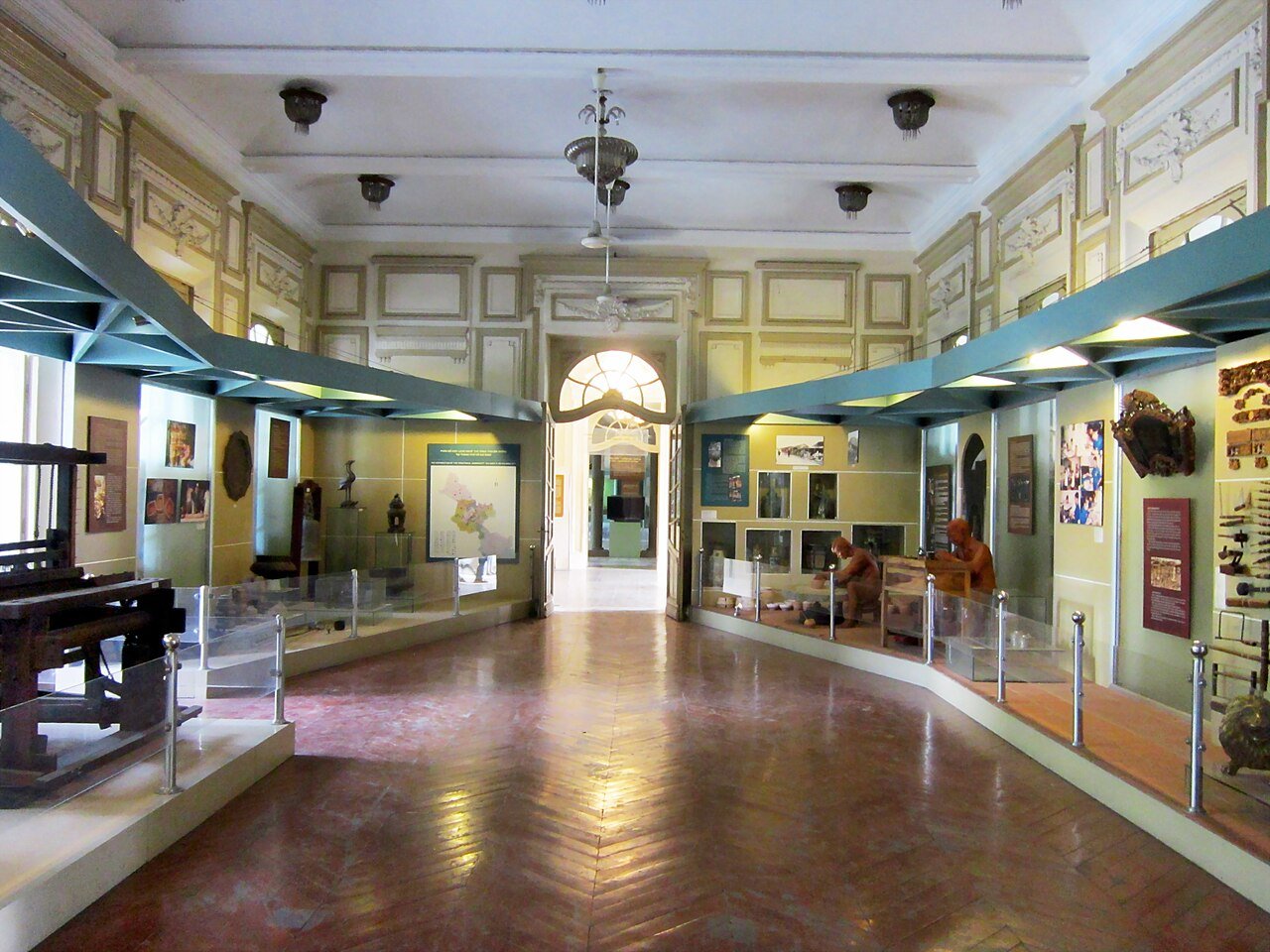
- Trade - Service: Within this exhibition, more than 527 artifacts, 36 photographs, and 10 maps offer a comprehensive portrayal of Saigon's significance in the region and nation. The exhibition delves into various aspects, including the port system, Ben Thanh Market, other historical markets, early Chinese pawnshops, and the contemporary transportation network encompassing trains and airplanes.
- Industry - Handicraft: This exhibition showcases pictures and artifacts of traditional handicraft, highlighting the city's industrial aspects through various display sections: Pottery Craft, Jewelry Craft, Wood Carving Craft, Weaving Craft, Bronze Casting Craft, and some pioneering industrial establishments.
- Culture: This exhibition highlights the cultural traits of different ethnic groups, including Vietnamese, Cham, Chinese, Khmer, and the cultural blend that characterizes the region. Here, visitors can also explore materials related to the Vietnamese script and the early history of journalism.
- Vietnamese currency: This exhibition presents an impressive collection of 1,086 artifacts. These encompass a diverse range of currency forms, including metal coins, paper money, and commemorative tokens, spanning across different historical epochs within Vietnam.

- The revolutionary struggle (1930 – 1954): This exhibition is dedicated to the revolutionary struggle from 1930 to 1954. Here, you will find 301 artifacts, including pictures, documents, newspapers, and a range of weapons connected to political movements, the Independence Day, and the historic Dien Bien Phu Victory.
- The revolutionary struggle (1954 – 1975): After more than 30 years of collecting, the museum now displays 481 artifacts and 26 photographs from a vast collection. These items reflect the Dong Khoi Movement in 1960, the National Liberation Front of South Vietnam, and the urban struggle in Saigon.
- Souvenirs of resistance wars: This exhibition displays 250 artifacts from revolutionary soldiers who actively engaged in two major resistance wars: one against the French (1930 - 1954) and one against the United States (1954 - 1975). They symbolize a heroic era of struggle marked by challenges and sacrifices for the nation's independence.
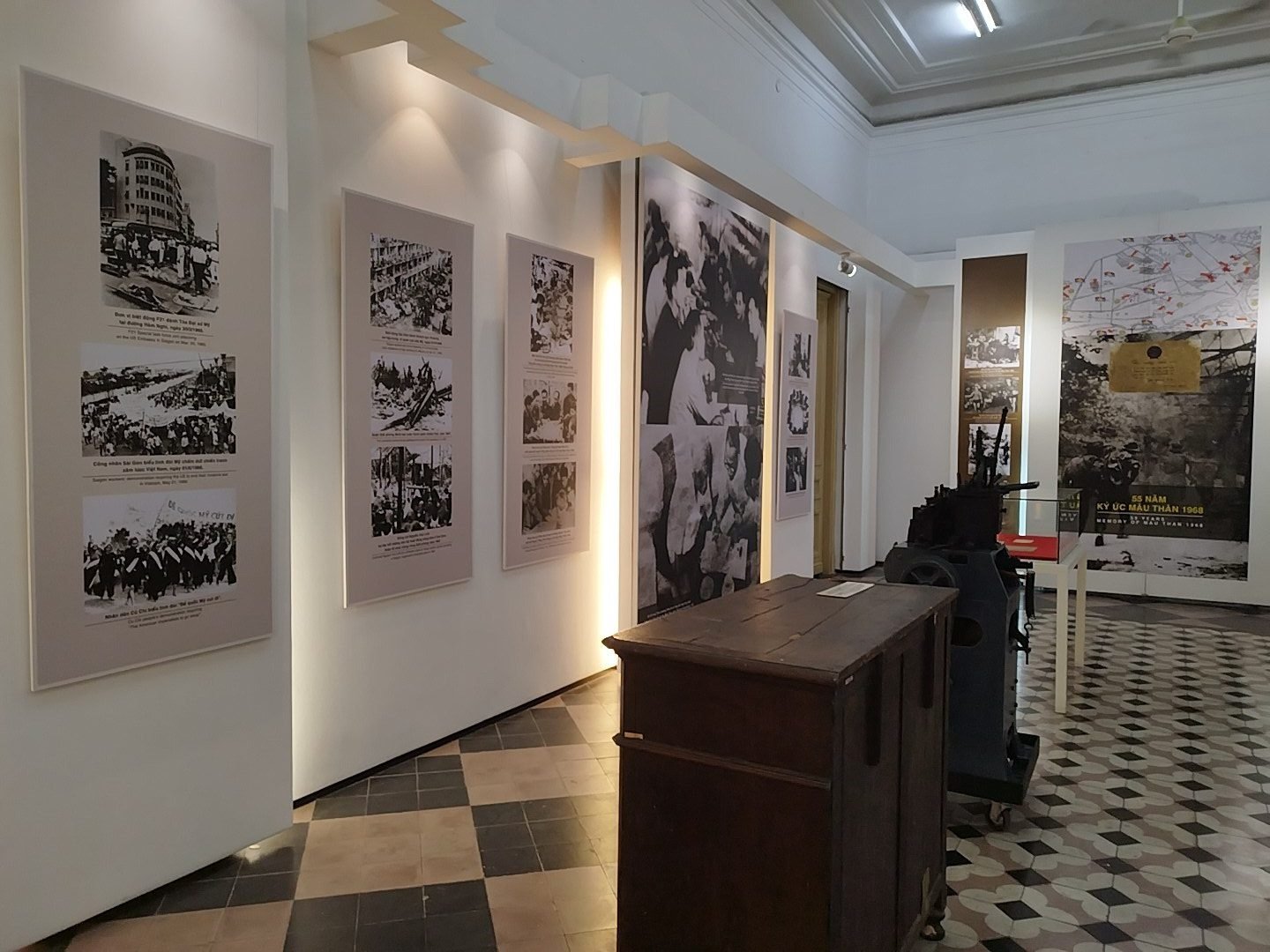
3.2. Outside the museum
The architectural design of the museum harmoniously blends elements from both European and Asian style. Its façade reflects Western influences, adorned with intricate reliefs portraying figures from Greek mythology, while the roofing exhibits an Eastern aesthetic.
Initially intended to serve as a commercial museum, the main entrance once featured two columns adorned with statues representing the deity of trade. In 1943, South Vietnam Governor Ernest Thimothée Hoeffel ordered the removal of these statues to construct the current awning.
The top of the triangular roof is adorned with dignified sculptures while the sides are embellished with raised patterns of flowers, willow branches, snakes, roosters, owls, and a halo. Other raised patterns draw inspiration from Greek mythology and tropical flora and fauna. Each intricate detail within the museum holds significant aesthetic value.
The outdoor exhibition space of the museum proudly showcases war trophies and vehicles utilized during the resistance wars against the French and Americans, including A37 aircraft, F5 aircraft, UH1 helicopters, and anti-aircraft guns.

4. Information for visitors to Ho Chi Minh City Museum
4.1. Ho Chi Minh City Museum opening hours and ticket price
The museum operates daily from 8 AM to 5 PM. The standard fee for museum entry is 30,000 VND. There is an additional charge of 20,000 VND per camera for visitors carrying photography equipment. For international visitors, the ticket price remains at 30,000 VND.
4.2. Ho Chi Minh City Museum regulations
Here are some regulations that visitors are kindly requested to adhere to when visiting the museum:
- Wear attire that is appropriate and respectful before entering the museum
- Don’t carry any flammable or explosive materials, weapons, or substances deemed pollutants.
- Refrain from bringing food or beverages into the museum.
- Keep noise levels to a minimum during your time in the museum
- Don’t touch any historical items and respect restricted zones.
In addition to Ho Chi Minh City Museum, Ho Chi Minh City boasts a rich array of other museums, including the War Remnants Museum, Ho Chi Minh City Museum of Fine Arts, the History Museum of Ho Chi Minh City, Ao Dai Museum, and the Museum of Traditional Vietnamese Medicine. Furthermore, visitors can explore landmarks such as the Independence Palace, Jade Emperor Pagoda, Saigon Notre Dame Cathedral, and more, all of which offer compelling experiences during your trip to Ho Chi Minh City.
Beyond Saigon, Vietnam presents an abundance of other captivating destinations like Phu Quoc, Nha Trang, and Hoi An. To ensure an exceptional journey in these destinations, it is advisable to plan your accommodation in advance. Notably, Vinpearl offers a network of premium hotels and resorts, providing an exceptional stay with top-rated wellness, dining, and adventure experiences. With an unwavering commitment to excellence, every stay at Vinpearl is meticulously crafted to create lasting memories.
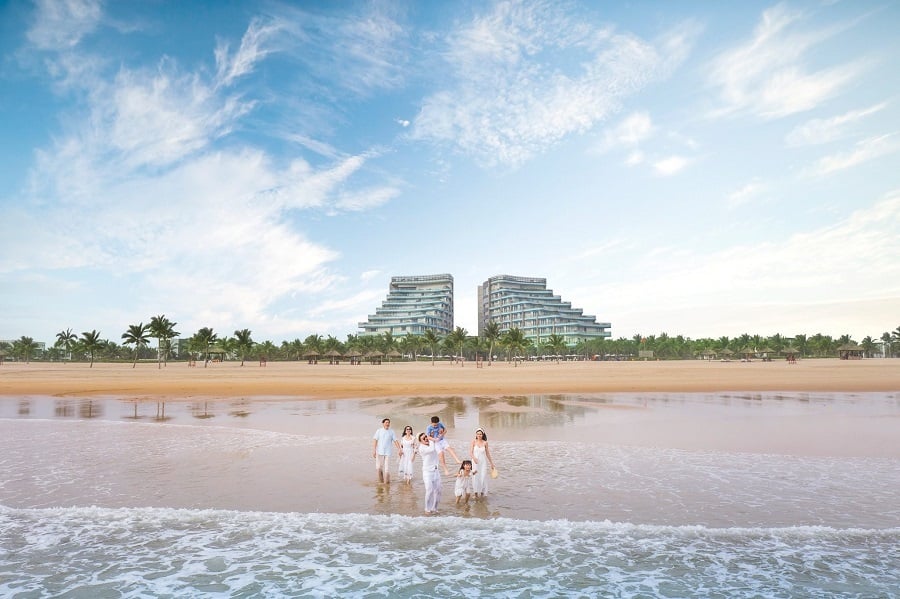

Additionally, the entertainment complexes of VinWonders spanning across Vietnam will surely deliver unforgettable experiences suitable for all ages, where each visit promises boundless joy and enchantment.
>>> Book rooms in Vinpearl Phu Quoc, Vinpearl Nha Trang, Vinpearl Resort & Golf Nam Hoi An, Vinpearl Resort & Spa Ha Long to indulge in luxury by the sea!
Ho Chi Minh City Museum serves as a hub for studying and introducing the natural, historical, and cultural facets of the city. This over-a-century-year-old building stands as both an architectural treasure and a source of pride in the history of Saigon. Hopefully, this guide has proven to be a valuable resource in helping you create a memorable itinerary for your visit to the museum.


